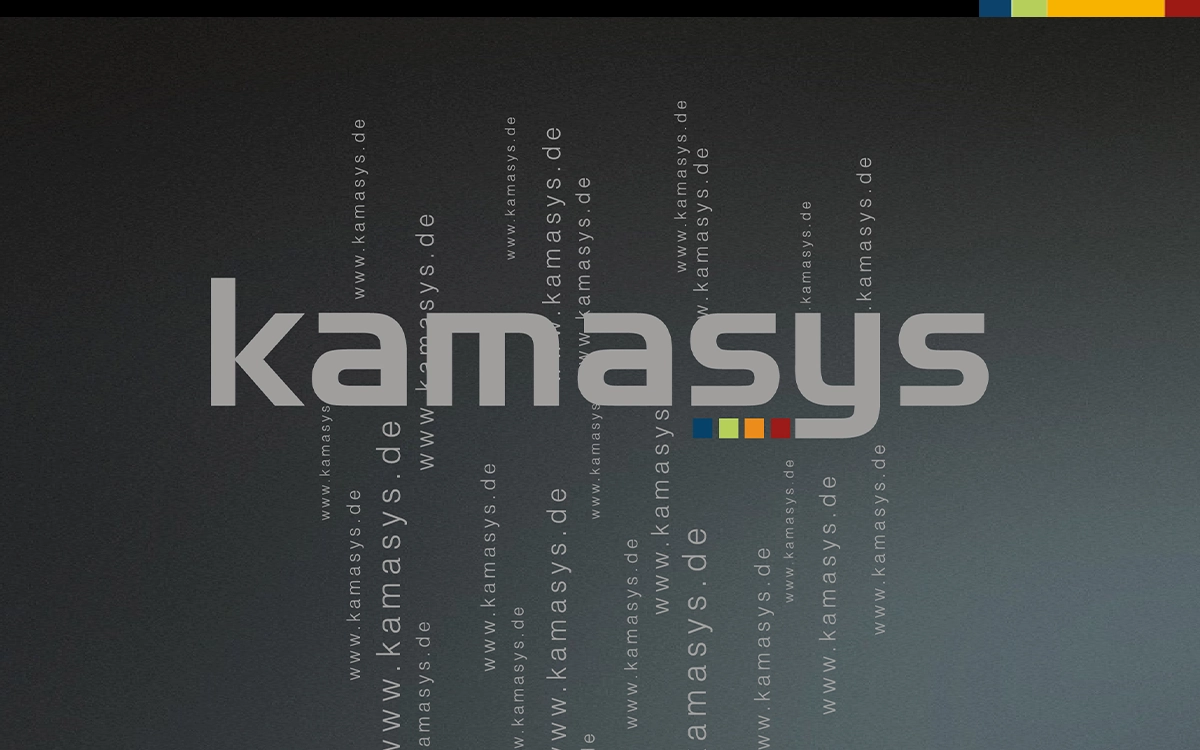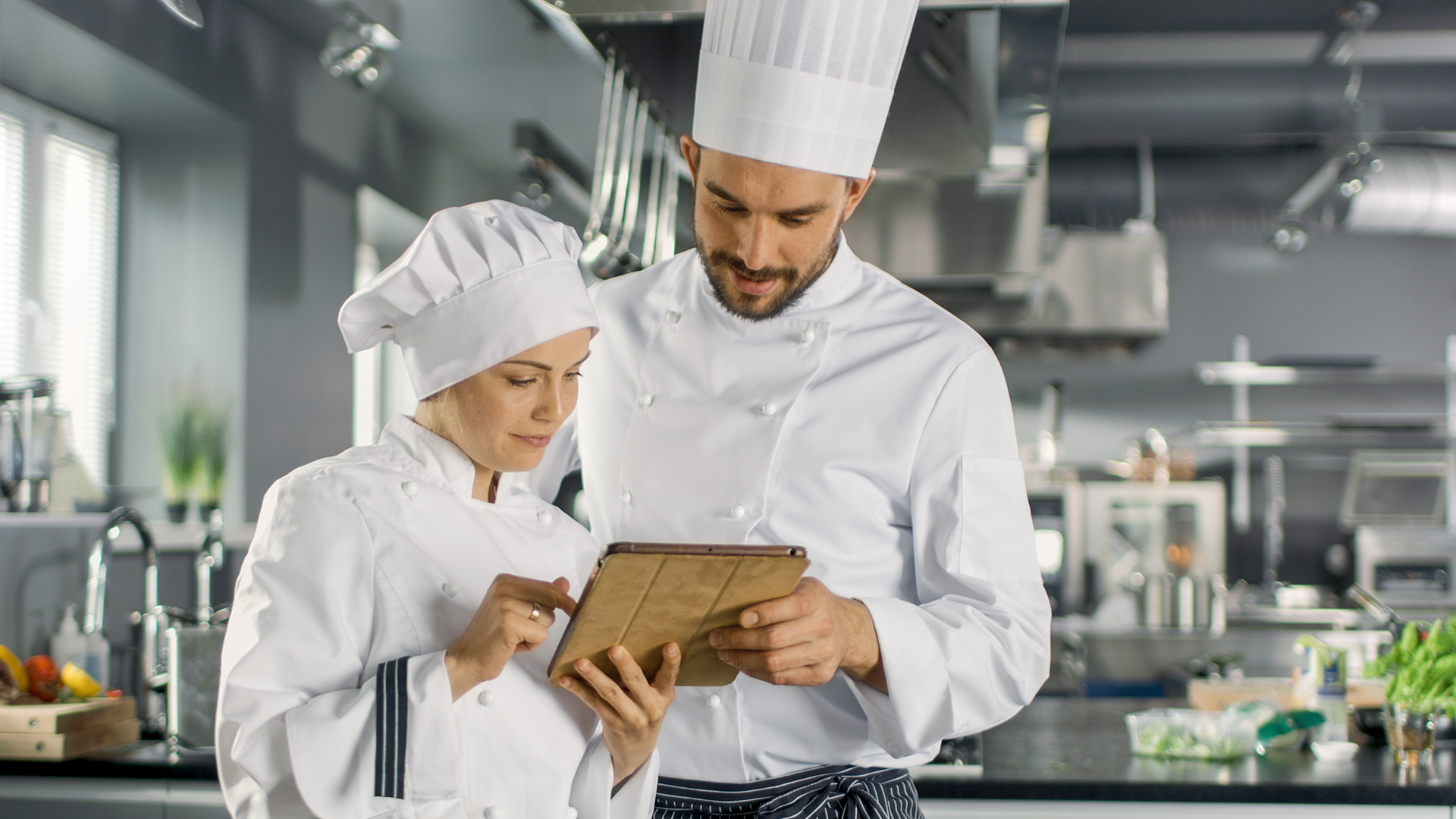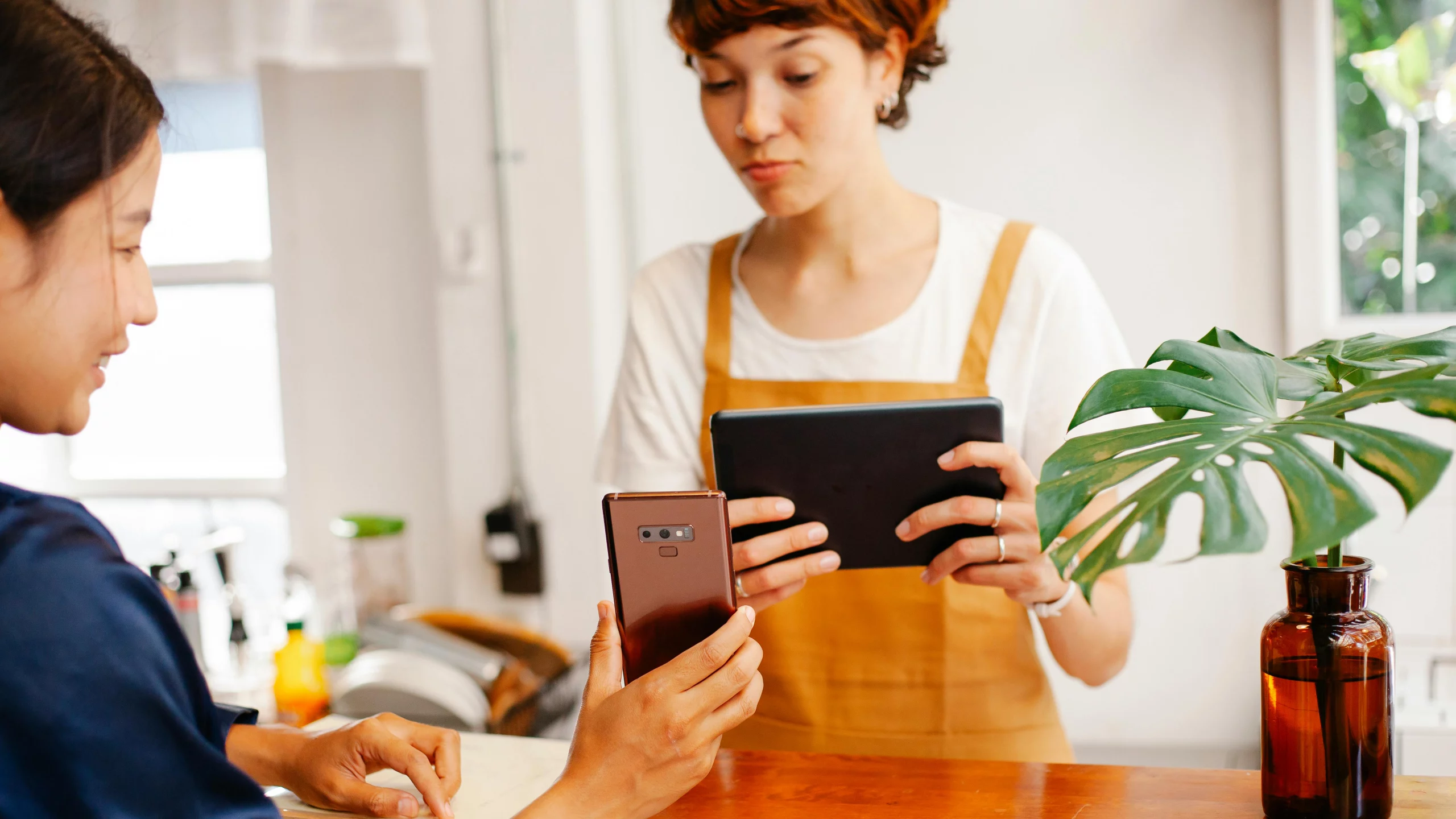Remote, hybrid, flextime, home office, 4-day week, new work... buzzwords that make the changing world of work clear. What at first glance appears to be a positive development for employees, turns out on closer inspection to be a major challenge for an entire industry: Quo vadis communal catering?
Less time in the office usually means less time for or in the company restaurant. So restaurateurs are all the more on the lookout for new concepts to solve the current challenges. In addition to fundamental digital strategies, a segment that has been treated rather neglected so far is coming to the fore: marketing in communal catering. In concrete terms, the main focus is on communication with guests and the associated customer loyalty with the goal of more satisfied customers and higher sales.
Communication challenges
In mass catering, one of the greatest challenges in the area of communication and marketing is the wide variety of needs and preferences of the guests. Even if the common denominator is usually the employer, finer gradations become more complicated and make it more difficult to address them individually as well as personally - this can quickly lead to anonymity.
In addition, the time windows during the lunch break are limited and processes are often characterized by hectic.
Digital solutions to improve guest communication
Digitization is now THE big opportunity generator in mass catering, and more and more operators are looking for the right strategy for their facilities. In addition to simplified (pre-)ordering and payment processes - one of the most efficient ways to offer guests added value and thus increase customer loyalty - there are other possibilities.
Mobile apps have long been used in mass catering for more than just ordering and paying: Users can be provided with news via corresponding modules, vote for their favorite dish, or provide feedback, thus making a significant contribution to quality assurance and improvement. In addition, discount and bonus promotions are more easily disseminated and strengthen customer loyalty in the long term.
Another important tool for improving communication with guests: digital signage systems. They are used for the holistic exchange of information - from the menu to the promotion of nutrients and allergens to discount promotions - and are thus more than just a digital menu: high-quality appearance, CI-compliant presentation, flexible menu displays, and targeted demand management are key advantages and, in combination with app and web applications, allow a cross-platform appearance. Due to the linking of online and offline communication, they become a significant marketing tool.
Analog marketing measures for company catering
Do analog marketing measures make any sense at all these days? Definitely! In addition to classic roll-ups, floor stickers in particular entice people to take a look; table displays can be used to pick up guests directly at the table while they are eating. Analog communication supports and complements the possibilities offered by digitization.
Linking digital and analog means of communication
By linking analog and digital measures, restaurateurs can reach their customers at all levels and address them in a more targeted manner. On the one hand, this allows the marketing strategy to be effectively controlled and optimized, and on the other, it creates a holistic customer experience - a company restaurant that makes you feel good and happy to come back.
Conclusion: Improved communication is crucial for success
While mobile apps simplify ordering, payment and QM processes and lead to shorter waiting times, digital signage systems and analog marketing measures in the restaurant can be used to reach guests in the best possible way. Digital and analog communication tools complement each other and help increase sales.
Improved guest communication and strong customer loyalty are crucial for success in corporate catering. The combination of analog and digital marketing measures enables an individual approach that offers guests a pleasant experience and strengthens the company's own brand. Continuous optimization based on guest feedback and order data makes it possible to constantly improve communication and customer loyalty.


